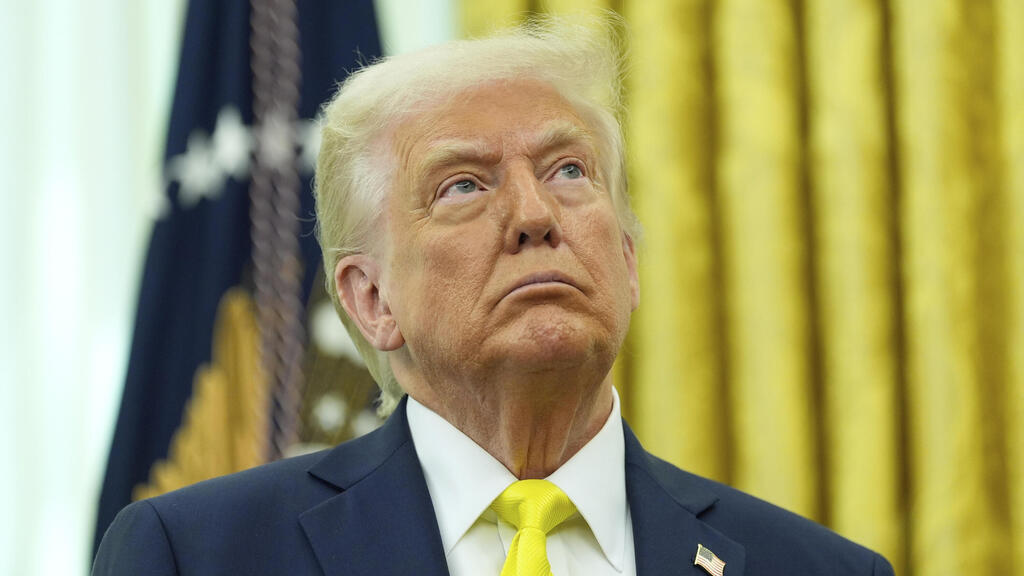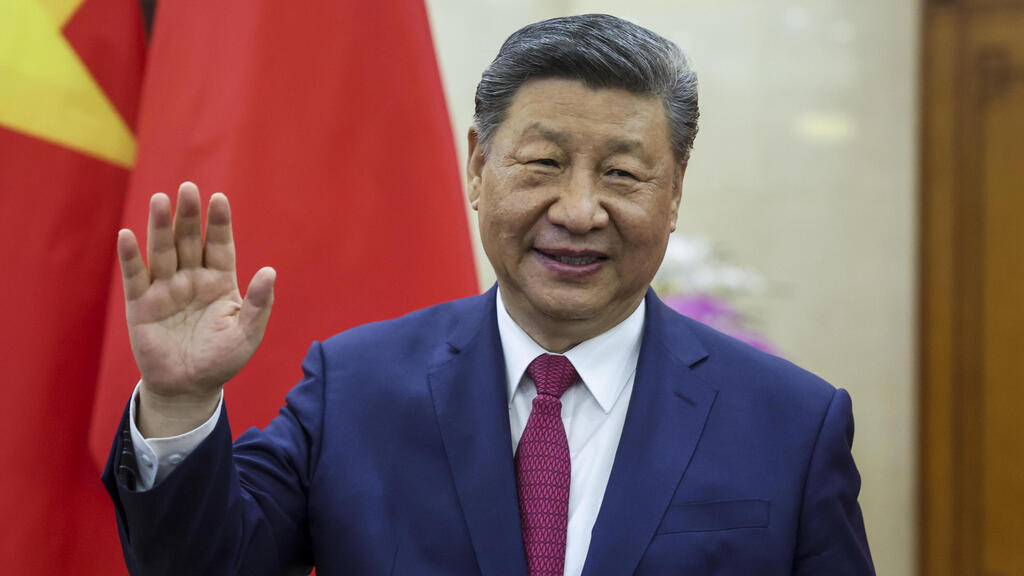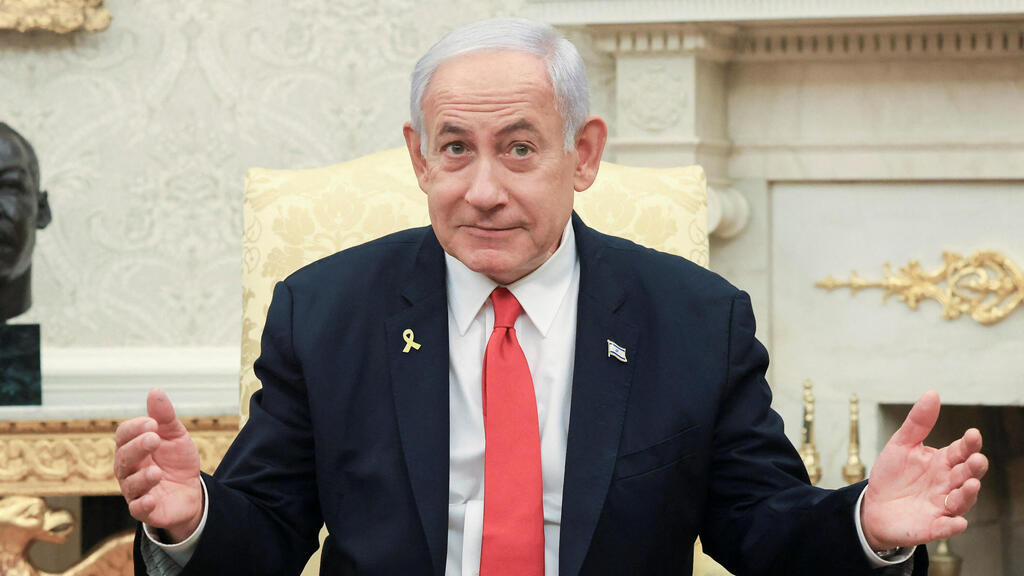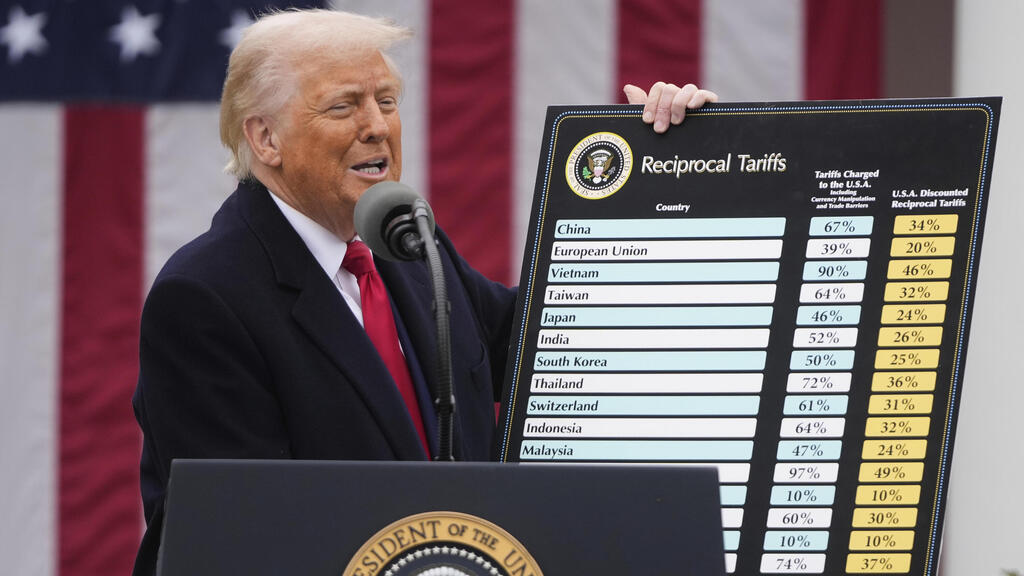Getting your Trinity Audio player ready...
If there’s one thing we’ve learned since April 9, 2025 — now dubbed “Liberation Day” by some trade wonks— it’s this: you can’t fix a trade deficit with a sledgehammer, especially when your negotiating partner doesn’t speak your language — literally and culturally.
Let me explain. President Trump’s sweeping tariffs are the bluntest instrument American trade policy has wielded since the Smoot-Hawley days. A universal 10% tariff applying to all imports, with significantly higher rates for certain countries: 145% on China, 20% on the EU, and 17% on Israel. The justification? Trade deficits. The rationale? Reciprocity. The method? Fire, then aim.
But tariffs don’t operate in a vacuum. They live at the intersection of two forces: the cold, hard numbers of trade deficits — and the warm, fuzzy (or icy and awkward) stuff we call cultural distance.
Let’s start with the numbers. The U.S. has long run a trade deficit — meaning we buy more from the world than it buys from us. It’s the economic equivalent of ordering out every night and wondering why your credit card bill is climbing. So Trump’s logic goes: slap tariffs on imports, shrink the deficit, protect American jobs. Sounds simple, right?
Except it’s not. Economists from the Center for Global Development to the New York Fed have crunched the data, and the takeaway is sobering: tariffs might shift the who, but not the what. Imports reroute. Deficits remain. It’s like trying to lose weight by switching from burgers to burritos—you’re just changing flavors, not habits.
Now comes the backlash. China has officially filed a complaint with the World Trade Organization and responded with a 125% retaliatory tariff on U.S. goods. Meanwhile, American stock markets dipped sharply, with the S&P shedding 2.3% on fears of a prolonged trade war. The soybean belt is bracing. So is Silicon Valley.
But here’s where it gets even messier: culture. Because countries aren’t spreadsheets. They’re stories. They have histories, values, instincts. And those differences matter, especially in how they respond to the steel-toed boot of American tariffs.
Take China. Massive trade surplus with the U.S., sure. But also a nation that scores high in “power distance” and low in “individualism” on Hofstede’s cultural dimensions. That means hierarchy and unity matter. Public confrontation is a show of strength. So when the U.S. imposed a 145% tariff, Beijing didn’t blink. It retaliated quickly and proportionally. To back down would’ve been culturally unacceptable.
Now contrast that with Canada. Also targeted. Also annoyed. But their response? A phone call, not a cannon shot. Why? Because Canada is culturally close. We share language, media, norms—even hockey. When trade hits a bump, we still talk like neighbors, not rivals.
And then there’s Israel — a close ally, yet now facing a 17% tariff on its exports to the U.S. Despite Prime Minister Netanyahu’s pledge to eliminate Israel’s trade surplus and remove all tariffs on U.S. goods, President Trump remained unmoved, highlighting the $4 billion in annual aid the U.S. provides to Israel.
The tariffs are expected to impact Israeli industries such as medical equipment, electronics and diamonds, potentially costing the economy up to $2.3 billion and risking 18,000 jobs. Israel’s situation underscores that even close cultural and political ties may not shield a country from economic measures when trade imbalances are at play.
Get the Ynetnews app on your smartphone: Google Play: https://bit.ly/4eJ37pE | Apple App Store: https://bit.ly/3ZL7iNv
What does this mean for Trump’s tariffs? It means they aren’t just an economic weapon. They’re a cultural test. Countries with shared values are more likely to pick up the phone. Those with deep cultural gaps? They’re more likely to reach for the red button.
In this new two-tariff world, trade deficits provide the spark—but cultural distance determines whether the fire spreads or gets doused.
So what should we do? From Israel’s perspective, the path forward requires a multifaceted strategy:
Diplomatic engagement: Continue high-level discussions with U.S. officials to negotiate tariff relief, emphasizing the longstanding strategic alliance and mutual economic benefits.
Market diversification: Explore and strengthen trade relations with other countries to reduce dependency on the U.S. market, while carefully navigating geopolitical considerations.
Support affected industries: Implement support measures for sectors impacted by the tariffs, including financial aid and initiatives to boost competitiveness in alternative markets.
 Prof. Ilan Alon Photo: Courtesy
Prof. Ilan Alon Photo: CourtesyLeverage high-tech and services: Capitalize on strengths in high-tech and innovation, focusing on sectors less affected by tariffs to offset losses in goods exports.
Because at the end of the day, trade isn’t just about what we buy or sell. It’s about who we are—and whether we can talk to people who aren’t like us.
And that, Mr. Trump, may be the hardest deal of all.
- Prof. Ilan Alon is a professor at Ariel University's Department of Economics and Business Administration.





